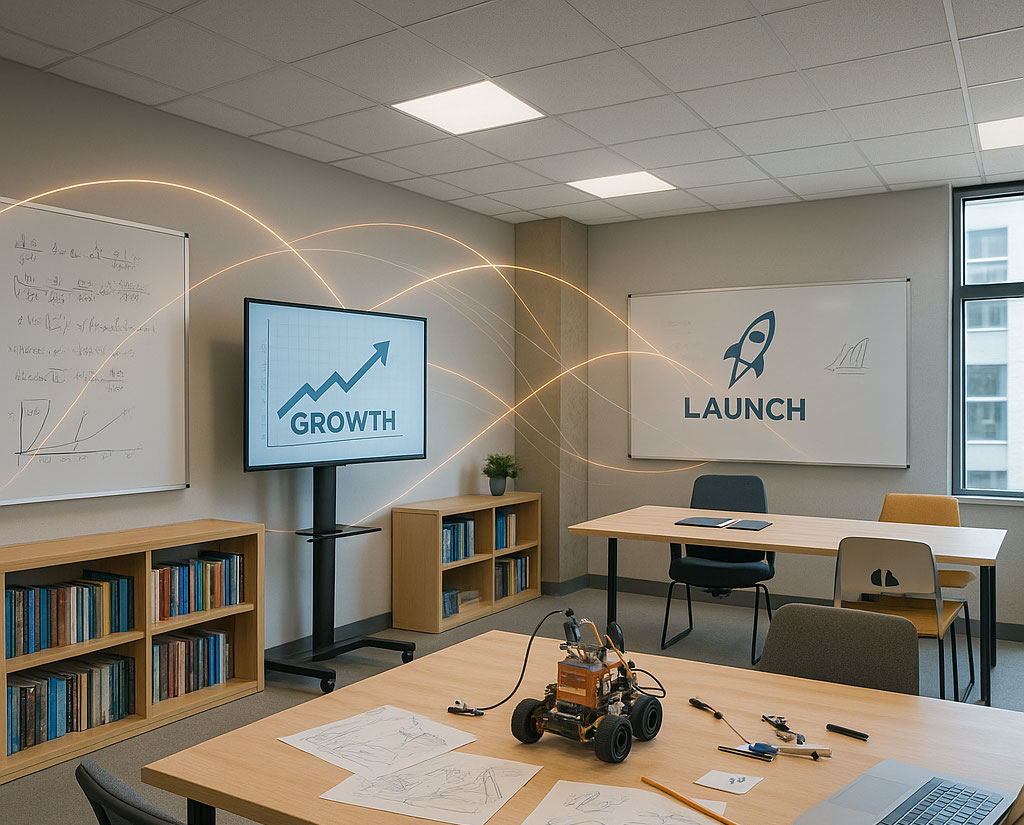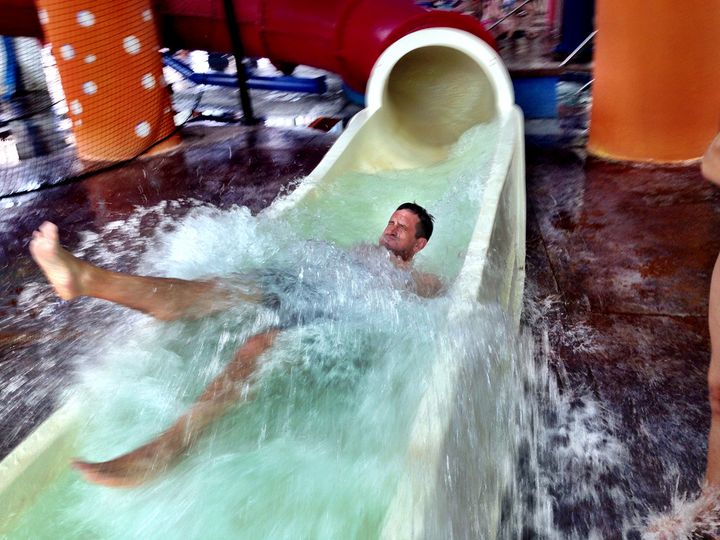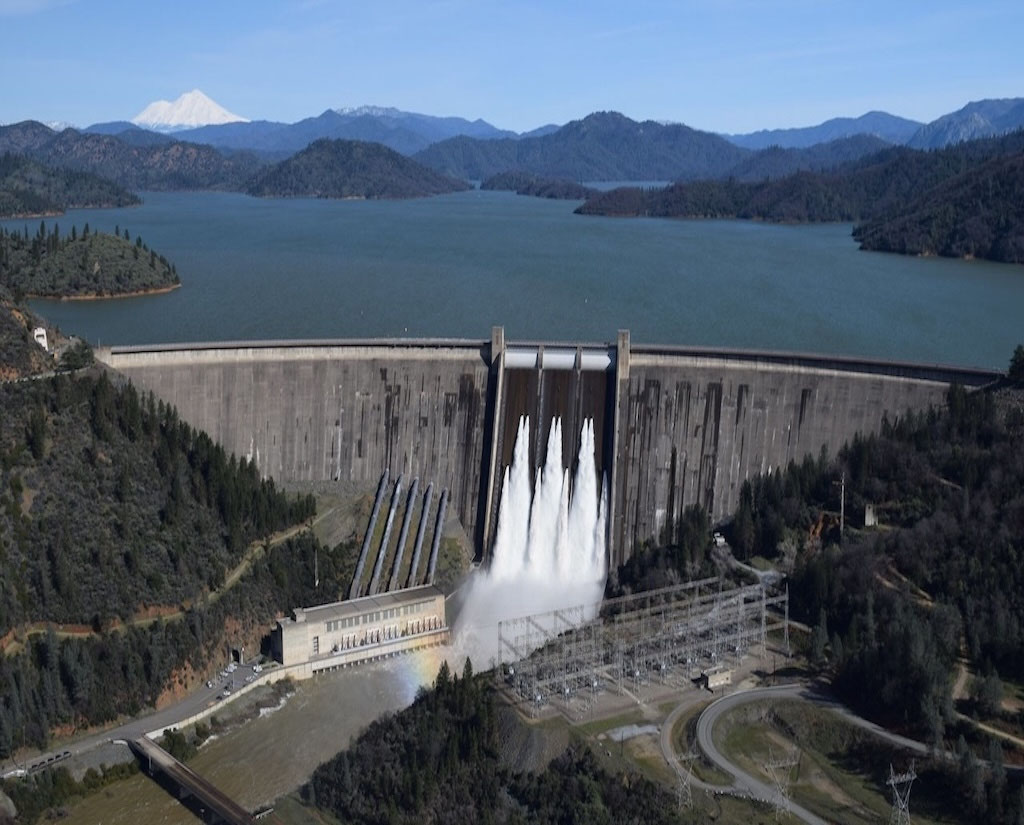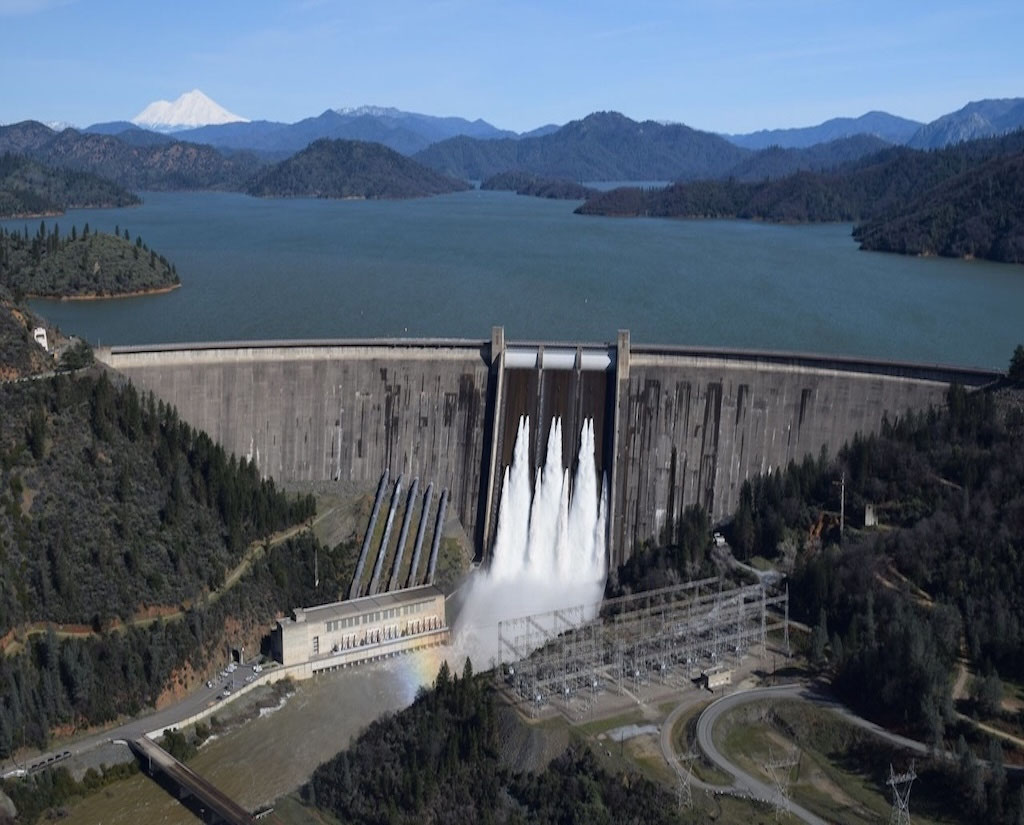
Running yourself ragged trying to create a great invention? Stubbornness and smarts, great tools as they are, can't always make up for that secret ingredient: truly inspired thinking. Perhaps the best advice for getting out of that rut is (admittedly) the most cliche. Try to see ordinary things in a new way. Walking away from the fight of forcing ideas is often the best way to find them. So, take a minute and do just that. If you want to build better fluid systems, consider for a moment the humble water slide.
Water Slides Go Way Back
The first patented water slide in the U.S. was the Water-Toboggan Slide, by Herbert Sellner in 1923 in Faribault, MN.
It consisted of a wooden slide which started with a down-ramp and then went out over a lake. People would sit in a wooden sled and slide down the ramp, where they would keep gliding along over the water for up to 100 feet.
Before that, however, a very similar contraption was seen in New Zealand during the 1906 International Exhibition, as part of the “Wonderland” attraction.
Water slides have been found in many amusement parks (and probably all water parks) ever since.
The world's tallest slide right now is the Verrückt (German for “crazy” or “insane”) at the Schlitterbahn Kansas City water park. It stands at 168 feet 7 inches, but it's currently closed after a recent tragic accident.
The longest slide in the world is at Action Park in Vernon, N.J., but it's more like a slip-and-slide than a water slide like Verrückt. It's 1,975 feet long (more than a third of a mile) and it takes over a minute to reach the bottom.
Water Slides Are Deep
Water slides are fun, but they're also sophisticated works of engineering. Or at least they should be. When the designers or operators get lazy the results can be devastating, and this should make the humble water slide seem a bit more impressive.
Water slides probably won't win the incentive competition, but they do involve many of the same principles used in fluid management. They have their own constraints to work with, and you may be inspired by the principles and techniques involved in their construction.
Pumps push the water to the top of the slide, where the force of gravity brings it (along with the sliders) back down. Water slide engineers think about gravity plus the friction of a body moving along the tube, and how water moves and lubricates the surface.
The water doesn't just help you slide, it also pushes you from behind. In fact, the amount of water and the speed it travels is crucial for regulating the speed (and safety) of different riders who have different body types and weights.
“[Heavier riders] can't break through the deep water,” says Rick Hunter, president and CEO of ProSlide Technology. “But a lighter rider—that person will get flushed and get swept up by the water and they'll eventually reach the speed of the water."
Using the Latest Technology for Serious Fun
Computer models are being used to learn about water flow, friction, and how different masses will behave on a given slide. These models are helping cut down on accidents throughout the industry.
On some rides, like those with steep drops, heavier riders will go faster on average, and that's borne out by computer simulations. The deeply curved sides of some slides let you ride up on the wall as you turn, giving you a thrilling sense that you might fly out but keeping you safe inside.
Innovations in software can now tell us how to space out riders so they never run into each other, or how high to make the wall on a curve to keep everyone in. Water slides are purely recreational, but they occasionally have serious consequences. That's why they require a high degree of forethought and technological sophistication, and those are qualities an innovator will need for this particular challenge.
Are your creative juices flowing? If not, hop on a water slide and then check out the Products for Life Challenge to create more environmentally sustainable and efficient fluid management systems. Just imagine yourself riding along in that little pumping system...








